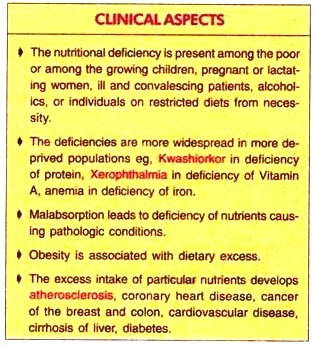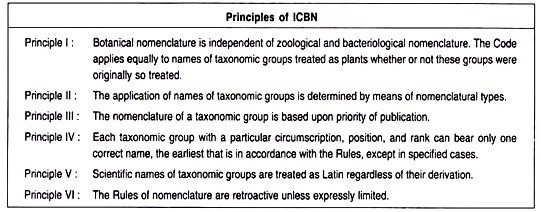Let us make an in-depth study of the role of ribosomes in protein synthesis.
Ribosomes provide framework on which protein synthesis takes place. The mRNA binds to the 30S subunit of ribosome to form initiation complex. The main role of ribosome is its ability to catalyse the formation of peptide bonds between amino acids, so that the amino acids are incorporated into proteins.
Ribosomes are dense granules without covering membranes. They were first observed by Palade. Bacterial ribosomes contain 65% RNA (rRNA) and 35% proteins. They have a diameter of 18 nm. Ribosomes are found in all cells. E. coli has 10,000 ribosomes, and form about 25% of total mass of bacterial cell. A mammalian cell contains about 10 million ribosomes.
A Ribosome has Two Subunits:
Each ribosome has two unequal subunits, a large and a small subunit. Bacterial ribosomes are composed of two subunits of 30S and 50S sedimentation coefficient in sucrose. They have combined sedimentation coefficient of 70S. Both subunits contain many proteins and at least one large rRNA.
Eukaryotic ribosomes are larger than bacterial ribosomes. They have two unequal subunits of 40S and 60S having a combined sedimentation coefficient of 80S. Ribosomes are measured in terms of their rate of sedimentation measured in Svedberg units (S). IS = 10~13 second. All ribosomes in a given cell are identical. Components of ribosome can separate and can reassemble spontaneously. A ribosome has a core of rRNA the proteins attached on the surface.
In prokaryotes both 30S and 50S subunits have rRNA and protein molecule components.
Similarly eukaryotic ribosome ribosome have the following components:
40S subunit: 18S molecule + 30 proteins
60S subunit: 5S, 5.8S and rRNA +50 proteins.
The 70S ribosome structure is not symmetrical. 70S ribosome is divided into four regions. These are head, neck, body and platform. The 50S subunit has a central protuberance having 5S rRNA and stalk having proteins.
Most of the proteins are basic proteins and have strong association with RNA, which is acidic in nature. Ribosomal RNA (rRNA) represents more than 80% of the total RNA present in the bacterial cell.
Two subunits of ribosome associate and dissociate depending upon the concentration of magnesium. About 70% of ribosomal RNA is double stranded and helical with various stems and loops due to base pairing between complementary regions. The interaction of 16S rRNA and mRNA helps the 30S subunit to recognise the starting end of mRNA. The ribosome binding site in prokaryotes lies near the 5′-end of mRNA upstream of start codon AUG.
Between 5′-end of mRNA and AUG codon there are many bases. Out of these there is a sequence of 5′-AGGAGGU-3′. This is called Shine-Dalgarno sequence and lies 4-7 bases upstream of AUG. The 3′-end region of 16S rRNA has a complementary sequence of 3′- AUUCCUCCA-5′. This sequence binds mRNA to ribosome.
A ribosome has two channels in it. The linear mRNA enters and escapes through one channel which has the decoding centre. This channel is accessible to the charged tRNAs. The newly synthesized polypeptide chain escapes through the other channel.
Small subunit of ribosome contains the decoding centre in which charged tRNAs decode the codons of mRNA. Large subunit contains peptidyl transferase center, which forms peptide bonds between successive amino acids. The mRNA binds to the 3′-end of 16S RNA in 30S subunit of ribosome. The 30S subunit, mRNA and charged tRNA combine to form pre- initiation complex along-with initiation factors and GTP. Later 50S subunit of ribosome joins to form 70S initiation complex.
The main role of ribosome is the formation of peptide bonds between successive amino acids of the newly synthesized peptide chain.
There are two tRNA binding sites on ribosome. The first site is called ‘P’ site or peptidyl site. The second site is called ‘A’ site or amino acyl site. Only the initiator tRNA enters the ‘P’ site. All other tRNAs enter the ‘A’ site.
The main role of ribosome is the formation of peptide bonds between successive amino acids. The peptide bond is formed between amino acid at “A” site and peptide chain at “P” thus lengthening the chain by one amino acid. It was discovered that the peptidyltransferase which catalizes the peptide bond formation between successive amino acids consists of several proteins and a 23S rRNA molecule. This 23S rRNA is a ribozyme and is responsible for catalyzing peptide bond formation between successive amino acids.
In addition to these two sites ‘P’ and ‘A’ site, a third site ‘E’ or exit site is present. Deacylated tRNA (deprived of amino acid) moves from ‘P’ site to ‘E’ site from where it is ejected out.






